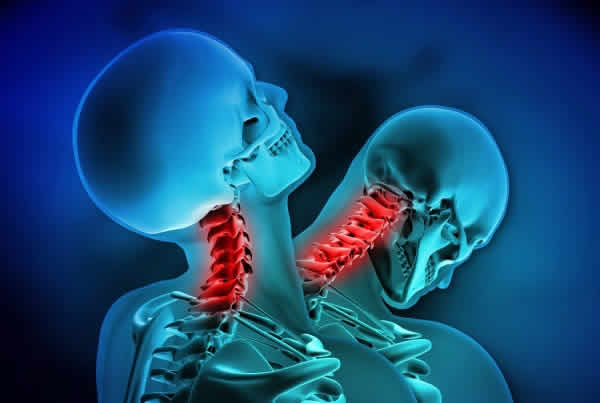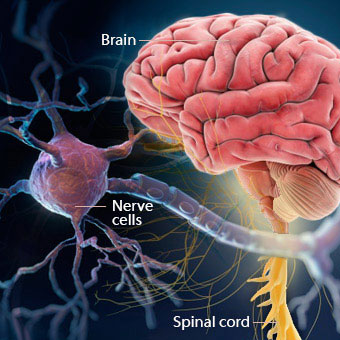Jaw disorder
The lower jaw is a hinge joint that is commonly called the temporomandibular joint located in front of each ear on either side of the head. Temporomandibular joint (TMJ) is one of the most complicated articulating joints in the body that allows the lower jaw to open, close, rotate and slide. It is used over 5,000 times a day when we eat, speak, and make the facial expressions. The movement of the left and right jaw joints must be coordinated and articulated in a proper manner. The function of the jaw is orchestrated by complex of different muscle groups anchored to the skull and neck. This complex sets of muscle groups are directly controlled by the nervous system, specifically the branches of the trigeminal nerve. The trigeminal nerve not only controls the movement of the jaw, but it feeds the sensation of the jaw, tongue, sinus, palate, eyes, teeth, and lips. When the jaw joints are not properly aligned, associated muscles work to hold the jaw in a proper position. Muscles become fatigued and swollen over time, and it puts pressure on local nerves.
Prevalence of the TMJ disorder is between 5% to 12%, and its rate is higher among younger person. The causes of the TMJ disorder is not completely understood. Multiple factors contribute to the muscle tightness and nervous dysfunction that characterize this condition. One of the primary cause of the TMJ disorder is a direct and indirect damage to the joint itself. Motor vehicle accident, sports injuries, and dental work have been shown to trigger TMJ disorders, but not limited to, repeated traumas from habitual behaviors such as biting nails, clenching teeth, etc. One of the most commonly overlooked causes of TMJ pain is trauma to the head and upper neck.
Trauma to the upper neck can cause a misalignment which results in pressure and irritation to the trigeminal nerve. It can cause body imbalance, thereby, changing the movement of the jaw joint. This change of movement pattern from the jaw can lead to muscle imbalance in the neck and shoulder, which may lead to painful spasm during the normal process of eating, talking, laughing, and smiling. TMJ dysfunction occurs when the joint is misaligned or malfunctions. Over time, the abnormal wear and tear can cause irritation, inflammation, and eventually, arthritis within the joint itself, leading to TMJ dysfunction.
NUCCA Wellness Clinic of Chicago
A Simple Solution For Optimal Health and Well-being
Chicago and Wheeling, IL
C: (224) 676-1920 or Email Us.





